

Retail packaging solution with a second life. The packaging is made out of a dishcloth that is shaped and glued together with a glue that dissolves in water. After the consumer has used the product it can turn back to a dishcloth. The glue is solvent free, non-toxic and based on natural materials.
70% Cellulose, 30% Cotton
Student project at the Swedish School of Textiles. Product produced for the Nilorn Group.
Student project within the course Sustainable Product and Business Development at the University of Borås, in which the students were challenged to present a retail packaging solution with a second life.
The Re:Rag project chose to use the material Wettex dishcloths. The original name Wettex comes from the words “wet textile” and is a Swedish invention from 1949.
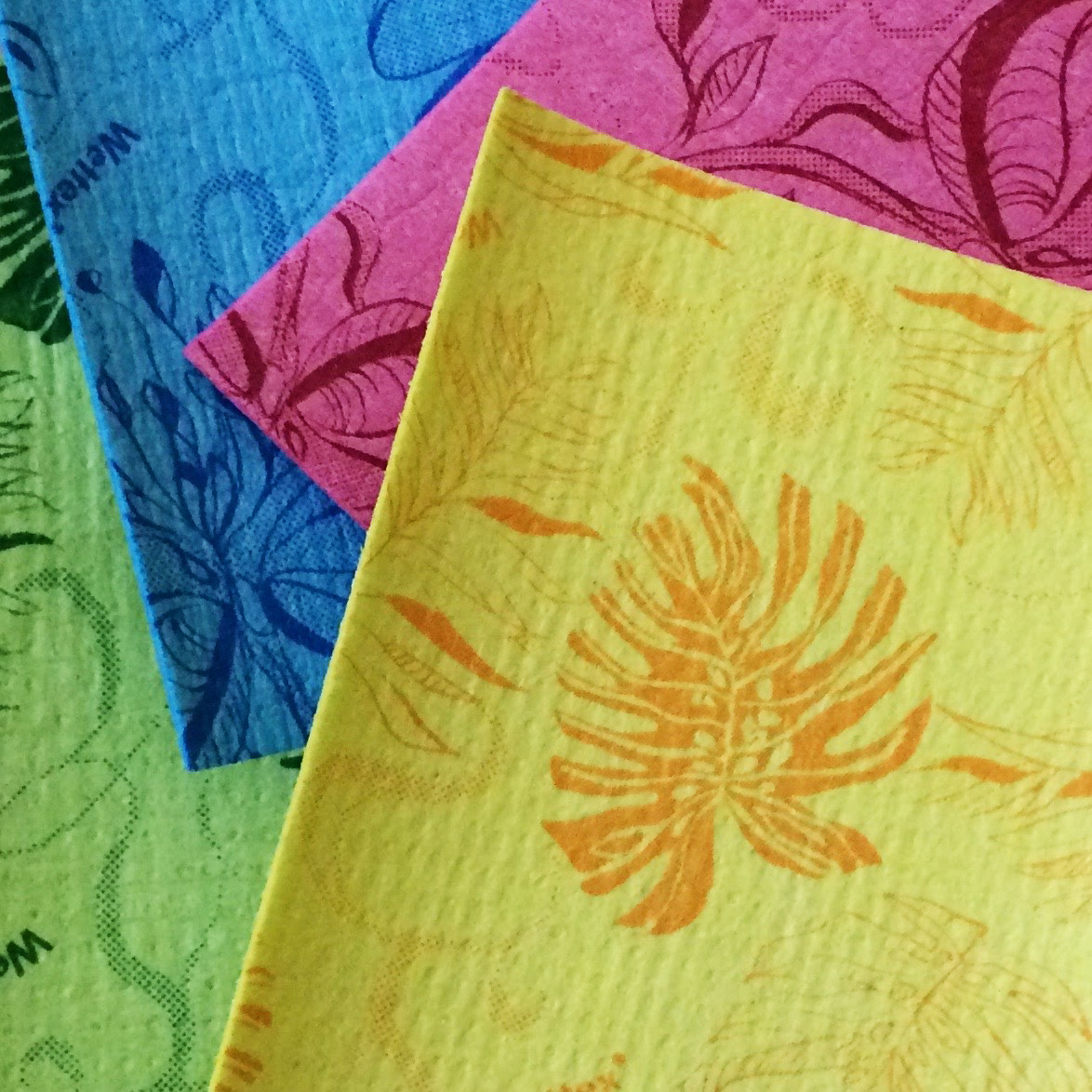

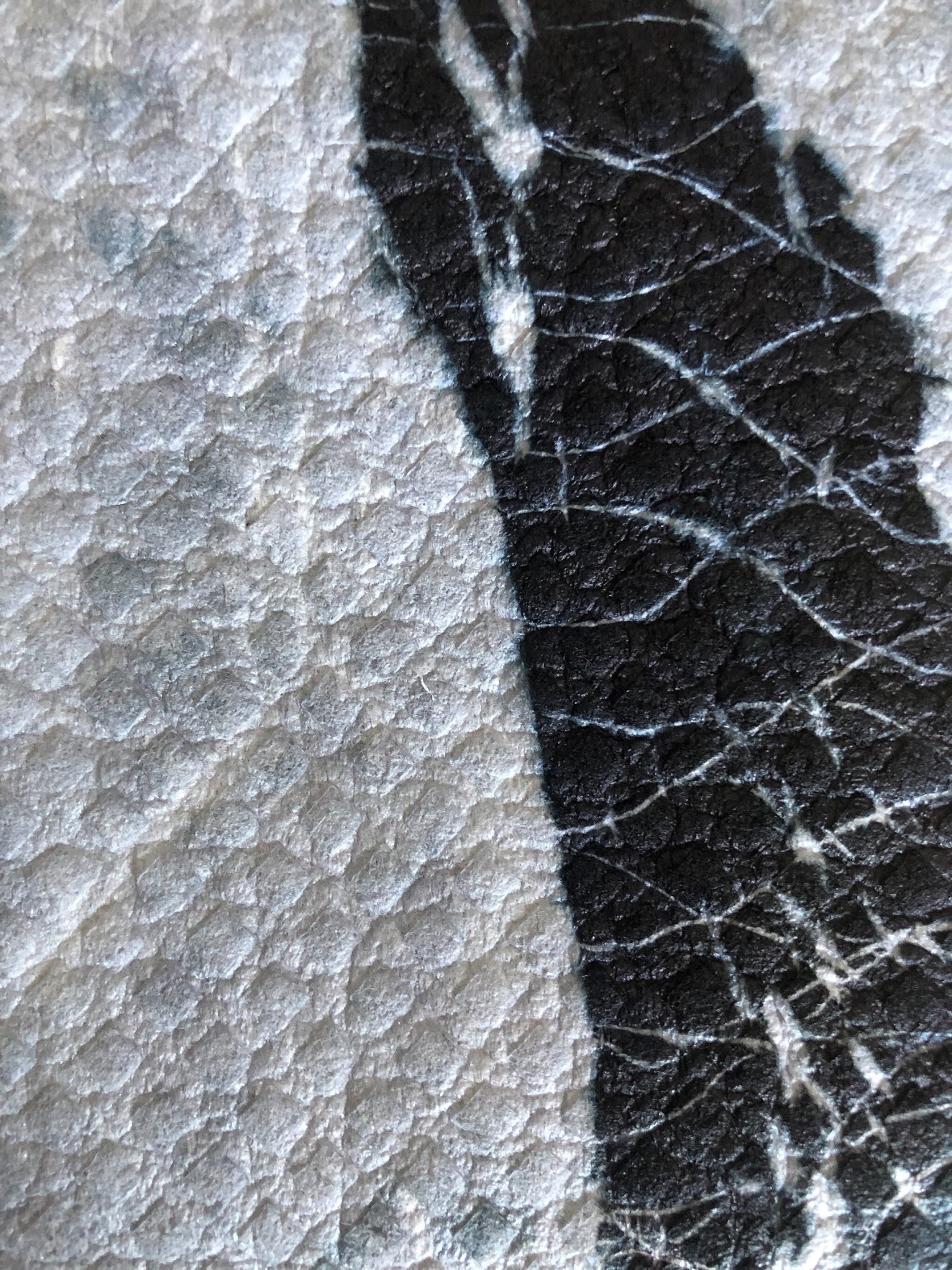
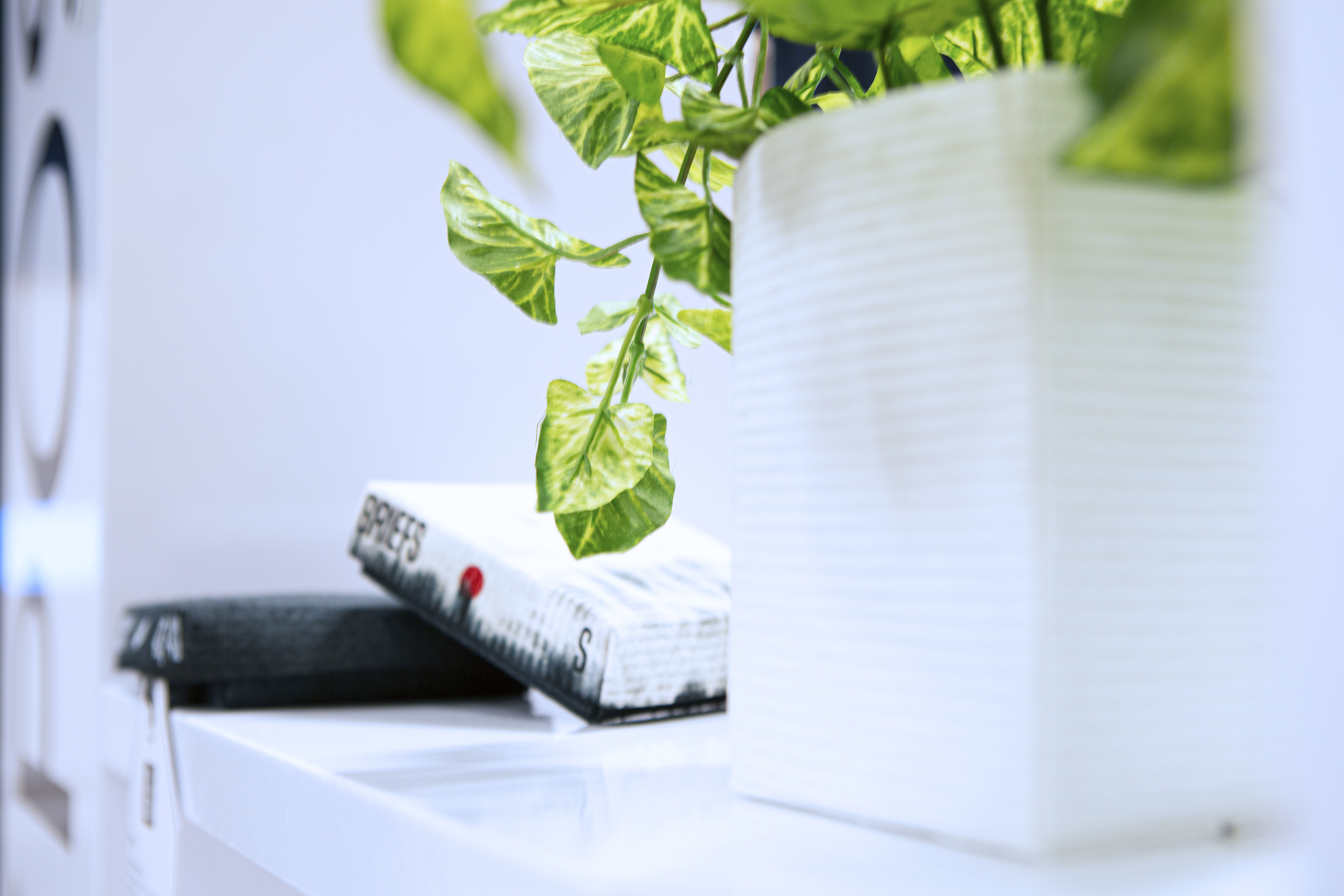
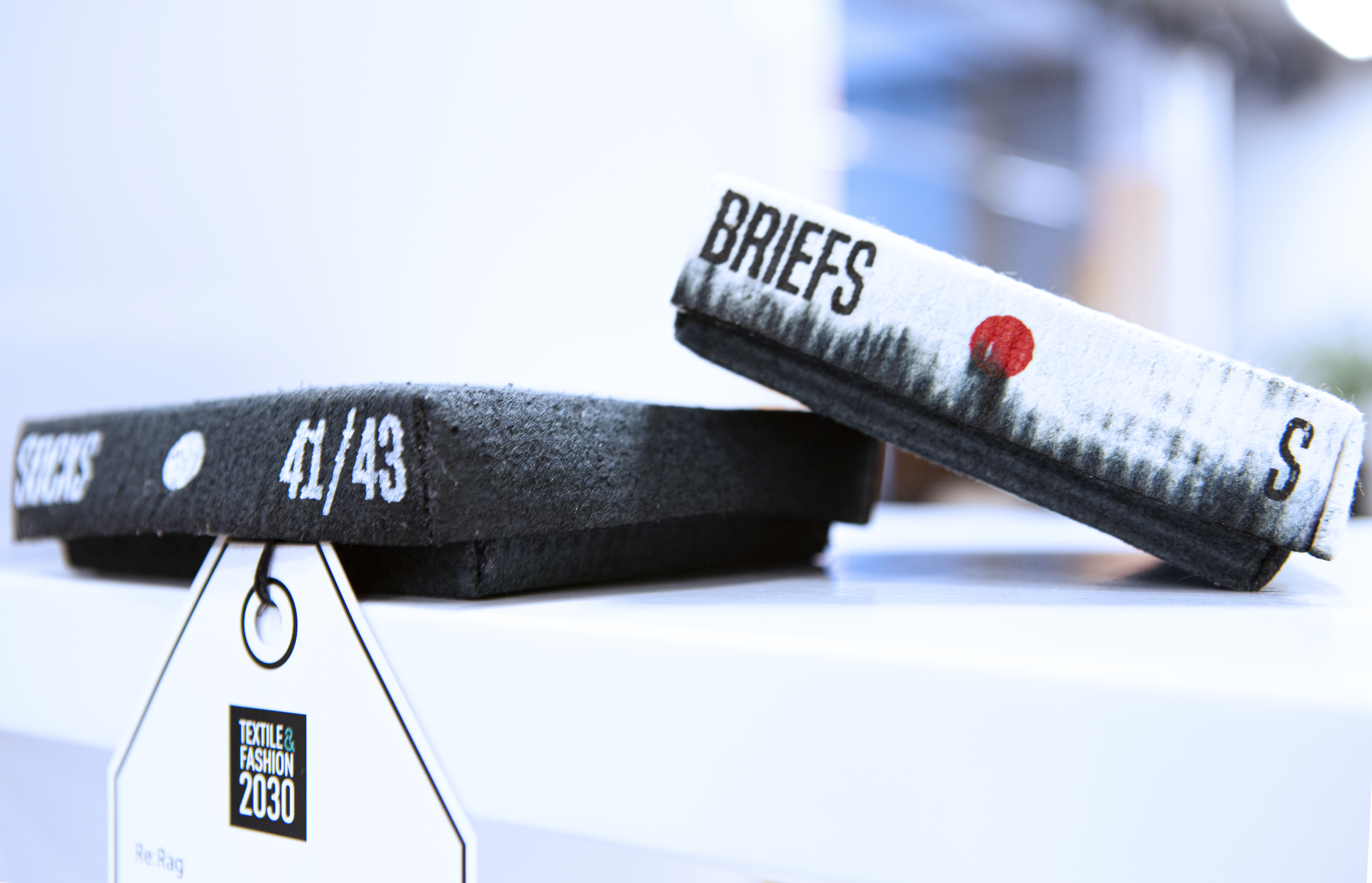

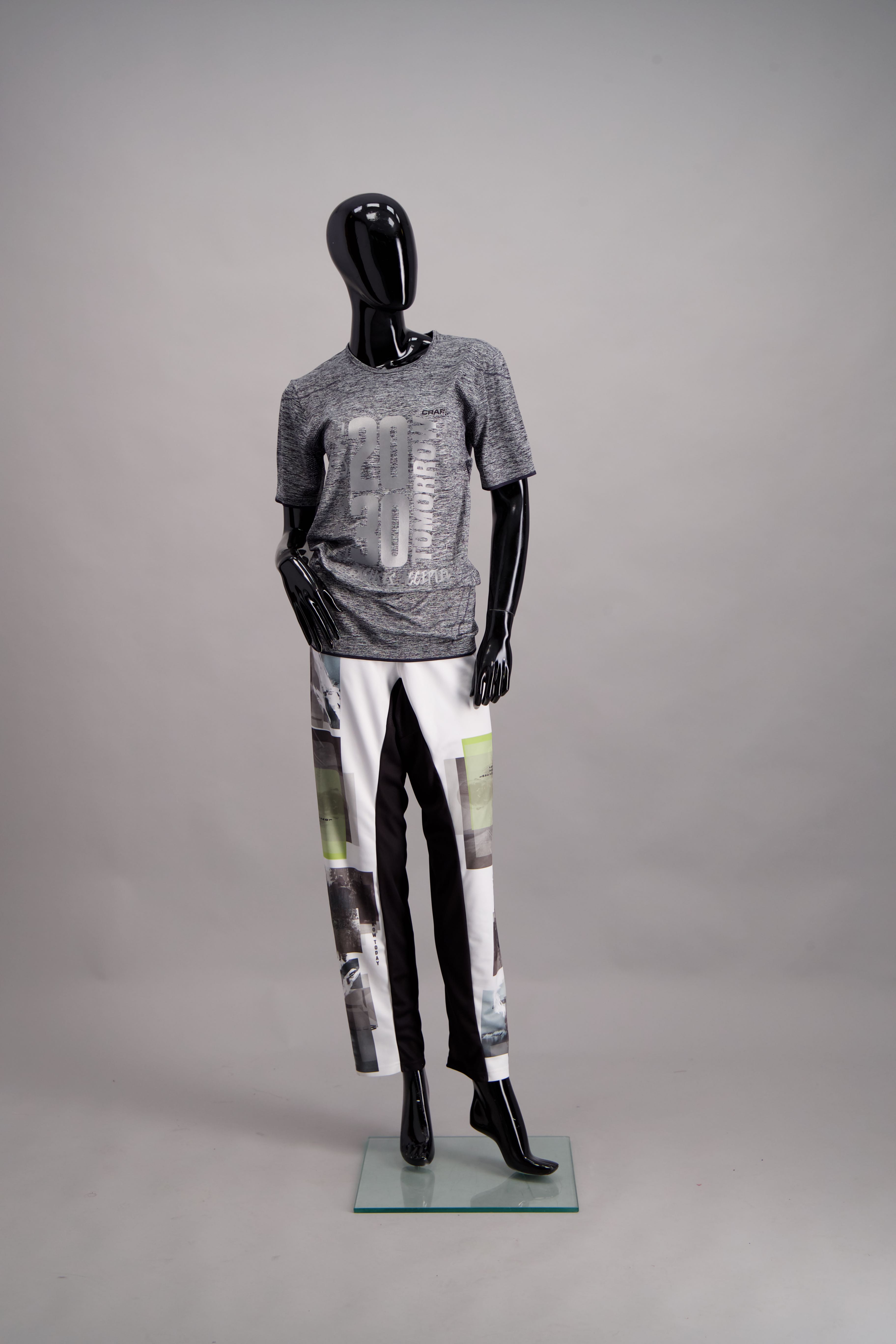

All group objects:
Each decision during product development affects sustainability and circularity. To develop products with lower environmental impact, the design team needs to be well aware of each component and process, and their individual and combined effect on the final product and its longevity.
One challenge is having comprehensive knowledge regarding sutainability when it comes to all of the components and processes that are a part of the production and lifetime of the garment. An additional challenge is implementing alternative design methods that do not require virgin components. Ongoing research inspires and shows methods to re-make existing products to have new functionalities and designs with an upgraded look.
With higher traceability when it comes to materials, components, and processes, there are increased possibilities for more conscious decisions. If communicated well, this gives the consumer a better basis for decisions.
There is increasing pressure on retailers to transform their business models due to new buying patterns, sales channels, and more conscious consumption behaviors.
The role of the physical retailer as a seller of goods is undergoing a transformation as online retailers can deliver the same products to the doorstep of the customer at the same price. More and more stores do not only sell products but also give the customer access to additional experiences. Together with new digital tools for sales and production, the customer can have better in-store experiences, be more loyal to the brand, and help to create more sustainable business models.
With inspiration from digital business models such as Spotify, we can create systems for apparel and textiles in which the consumer has access to more fashion and textiles and spends more money, but without the increased sustainability cost. With these new systems, people can express themselves through fashion or interior design.